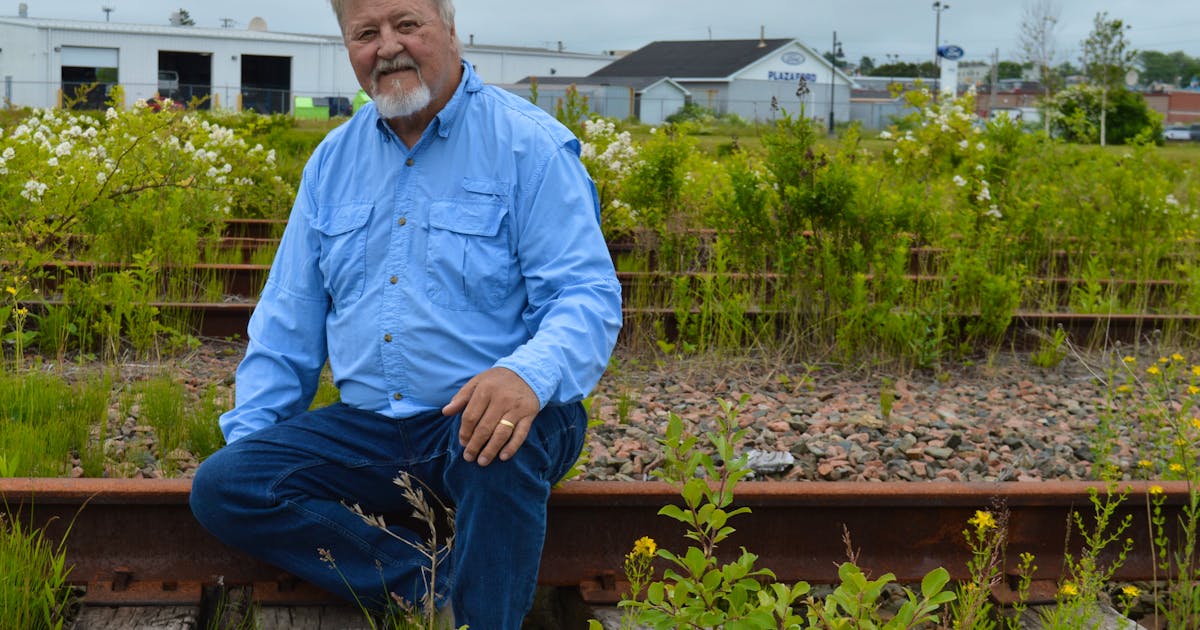It’s not very businesslike to spend many millions of dollars to double track a line that does not need double tracking.
This ties directly to the point that I have made that
@Urban Sky is at odds with : CN simply does not need double track throughout its Montreal-Toronto main line. Some amount of the existing double track exists only because CN is astute enough not to pull up track that is used for current VIA service. If that VIA service is shifted to a new VIA line, you can be sure that CN will reduce its capitalisation and its own operating expenses by taking some sections of double track out of service, retaining only as much as it feels it needs. The Kingston Sub may then look more like the Winchester or York or Halton - some double segments, but some single track segments. That’s a pretty obvious improvement to the balance sheet.
It would be interesting to know how CN charges VIA for a return on whatever incremental capitalisation currently exists on the Kingston Sub. I’m confident they don’t provide those assets for free.
Back in the days when freight trains were 6,000 feet long, having passing tracks at Beare and Liverpool was convenient and perhaps necessary. But now that they are 14,000 feet long, and therefore much harder to weave in and out of sidings, it’s simpler to hold a train at McCowan or Liverpool rather than have a meet at Beare (which, by the way, was always a tricky siding to work).
As to spending huge amounts just to accommodate VIA detours that may only happen once.or twice a year - that would be an enormous waste of somebody’s money. CN can grit its teeth and suffer the pain of VIA detours every so often. Taxpayer dollars would be better spent elsewhere.
When CN needs more track on the York Sub, they will make the investment.
- Paul






